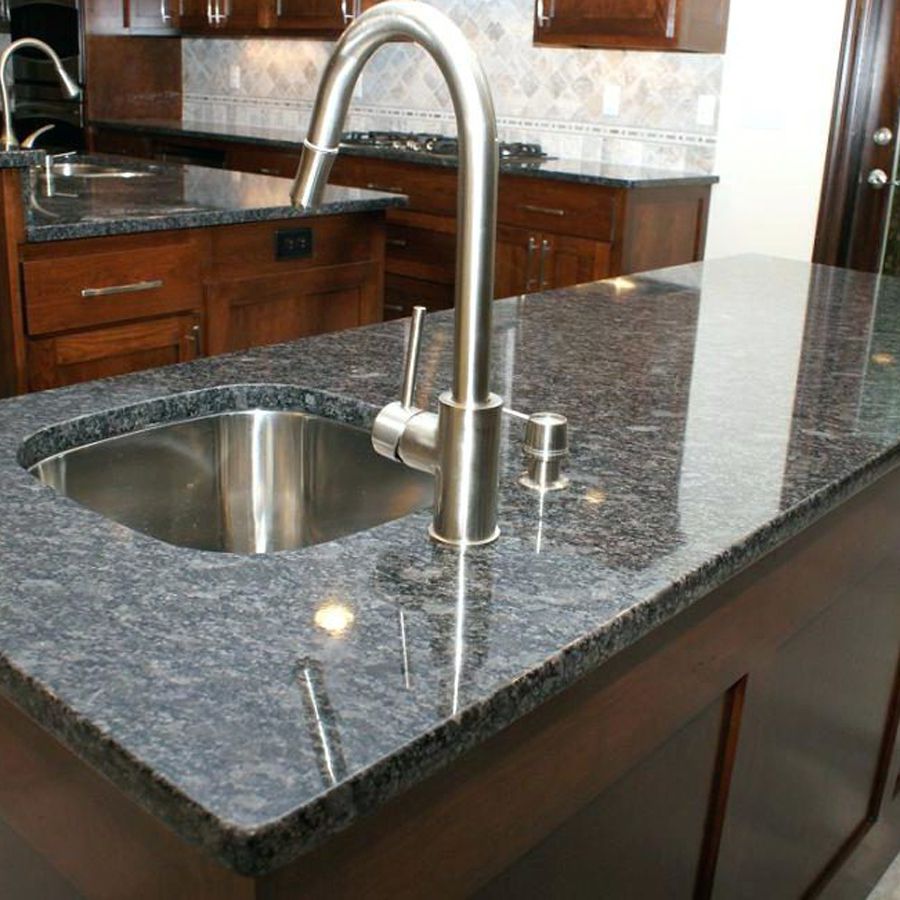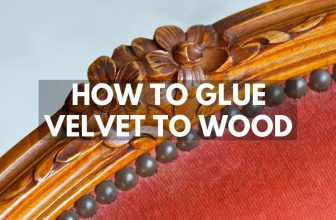
How To Glue Metal To Granite
Granite is one of the most popular choices of stone for building surfaces, countertops, and floors. You might want to cover your granite with metal trim work, bolts, or screws. Because the stone and metal are at different levels of hardness, you can’t use standard construction adhesive. This article will help provide a step-by-step process on how to apply the best kinds of adhesives for bonding metal to granite.
Which Glue Is Best For Bonding Metal To Granite?
Before deciding on which glue should be used to bond metal to granite, you must first determine the type of metal, the type of granite, and the grout lines’ surface finish. You can see our general list of glue that works well with metal for more info.
Bonding Metal to Granite with Epoxy
Epoxy is useful in bonding different types of metals. It is a chemically reactive liquid [which means you can make it thicken as required] and does not shrink or expand. Epoxy has been around since the 1970s but was not originally used for bonding granite.
If you use epoxy to bond metal to granite, it will last often as long as the quartz granules are embedded in the granite. The grout lines will harden creating a secure bonding. However, when you start to hear metal banging against the granite, it is time for another type of adhesive. you can check out a similar guide on how to glue metal to marble here.
Bonding Metal to Granite with Polyester Resin
Polyester resin is the second choice of epoxy bonding metal to granite. It may be difficult to find locally but it is sold in different states. If you can’t find it locally, look up manufacturers online. This type of resin is a good choice for bonding metal to granite. It bonds well with different types of metal.
The bonding strength is affected by the spread pattern of the adhesive. The weakness is in the grout lines between granules, and around fasteners or bolts if present. If you use polyester resin to bond metal to granite, it will last at least 2 years.
Bonding Metal to Granite with Ca (styrene-Acrylate)
The third choice is combining a CA adhesive with epoxy. This mixture [in a ratio of 1:1] will last as long as either epoxy or polyester resin and gives more assurance of no metal movement. Some users recommend this type of combination for ensuring no metal movement due to the physical pressure applied when bonding with wood screws or bolts.
How to Glue Metal to Granite
Preparation
Before applying the glue, it is important to clean the granite surface. You want to remove any dust or other debris. It will be difficult to bond metal to granite if you do not properly prepare the surface for bonding. You can use a commercial cleaner or a mixture of vinegar and water [1:5] to clean the surface.
Mixing The Adhesives
If you are using epoxy and polyester resin, remove all residue from the mixing container with alcohol or acetone after each use. CA glue and epoxy should be mixed in equal parts on a flat surface. You must not mix these adhesives in the container that you will use for bonding.
Applying
You must apply the adhesive to the metal with a flat surface. Spread the glue out and place it in direct contact with the metal surface. You must press down on it for a few minutes until it is completely covered and fills in any gaps. You must not allow a single air bubble between the two surfaces.
When bonding metal to granite, you must not use silica crystals as this may cause damage to your granite’s surface by scratching its surface or corrupting its inherent pore structure [this is why vinegar is used]. If there are any protruding bolts or screws or other protrusions, you must grind them to the same level as the granite. You must wear a respiratory mask when dealing with epoxy and polyester resin.
Once applied, you must wait at least 8 hours before cleaning your item. Before you can use it, you will need to apply lacquer over it. Everything that is metal in the area where you applied the adhesive should be covered with plastic or plastic wrap for this process.
Setting
All three of the glues mentioned above will set in a matter of hours. However, you must leave it to “dry” for a minimum of 8 hours before using it. Each product is different but the general rule is to wait for a long time. This is important to do so that the mixture will have been dried out before you can use it. It’s easy to get impatient and use your items too early but wait and let them dry completely.
To speed up the process you can use a hairdryer to warm up the area where you are applying the glue. This will make it less likely that your mixture will thicken too much. You must not try to speed up the drying process by putting more than one item on top of each other or trying to improve bonding strength by increasing the consistency of your mix. If you do either of these things, the glue will never dry out and you may cause unexpected results.
If your item is wet after applying the glue, you can use a hairdryer to remove the excess water. To remove metal from the surface, you must use steel wool and a liquid compound. You can use a small brush to get rid of small irregularities on the surface. You can also use compressed air or a vacuum cleaner to blow away the excess liquid.
Safety And Guidelines
To ensure that your granite remains in good condition, you must follow some safety rules and guidelines. Before applying the glue to your item, you must remove everything that is metallic or contains metal. You can use a magnet to make sure that you do not have any metal on the surface.
Because epoxy and polyester resin contain solvents and vapors, you must work in an open area that is well ventilated so you can avoid breathing in fumes that may be harmful to your health. If you can not ventilate your area, it’s recommended to use a mask that will protect your lungs from the fumes.
These glues can also be harmful if they get into your eyes or skin. If you do get it into your eyes, you must flush them with water and seek medical attention. If you get the glue onto your skin, wash it with soap and water until all traces of the adhesive are completely gone.






